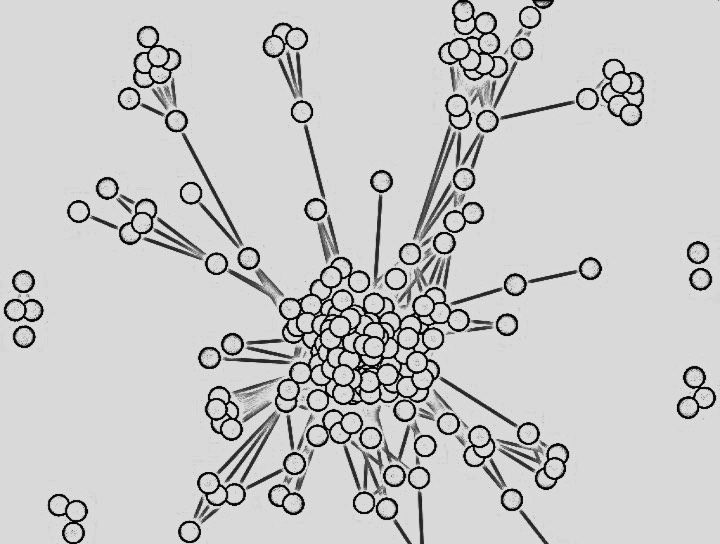New method significantly improves the accuracy of measuring cell counts of marine picocyanobacteria, a crucial component of oceanic ecosystems.
Reporting by Helen Hill for CBIOMES
Traditional methods of quantifying microbial populations in marine environments have often faced challenges due to the complexity of field samples and the limitations of existing techniques. A new CBIOMES study led by Alexandra Jones-Kellett addresses these issues by integrating genomic internal standards into the amplicon sequencing process. This innovative approach allows for precise measurement of absolute cell counts, overcoming inaccuracies that have plagued previous methods. A paper detailing the new amplicon sequencing protocol, a collaboration across three CBIOMES groups, was recently published in ISME Communications.
“Our findings show that this amplicon sequencing protocol, combined with genomic internal standards, accurately measures absolute cell counts of marine picocyanobacteria in complex field samples,” Jones-Kellett explains. “By extension, we expect this approach to reasonably estimate volumetric gene copies for other amplified taxa in these samples”.
One of the key strengths of this study is the validation of the sequencing results through flow cytometry, a technique known for its accuracy in cell counting. By cross-referencing the data obtained from amplicon sequencing with flow cytometry measurements, the researchers were able to confirm the reliability of the method. This dual-validation approach not only enhances the credibility of the findings but also sets a new standard for future microbial research.
Implications for Marine Ecology and Beyond
The implications of this research extend far beyond the realm of marine microbiology. Accurate quantification of microbial populations is essential for understanding the dynamics of marine ecosystems, which play a critical role in global biogeochemical cycles. Picocyanobacteria, in particular, are primary producers in the ocean, contributing significantly to carbon fixation and the marine food web.
By providing a more reliable method for measuring these microorganisms, the team’s work opens up new avenues for ecological research and environmental monitoring. This could lead to better-informed conservation strategies and a deeper understanding of how marine ecosystems respond to environmental changes.
Future Directions and Broader Applications
Looking ahead, the researchers are optimistic about the broader applications of their method. “While our study focused on marine picocyanobacteria, we believe this approach can be adapted to quantify other microbial taxa in various environments,” says Jones-Kellett. “This could have significant implications for fields ranging from environmental microbiology to biotechnology”.
The integration of genomic internal standards into amplicon sequencing represents a significant advance in microbial quantification techniques. As researchers continue to refine and expand upon this method, it holds the potential to transform our understanding of microbial communities across diverse ecosystems.
Story image: Wikimedia Commons
Paper
Alexandra E. Jones-Kellett, Jesse C. McNichol, Yubin Raut, Kelsy R. Cain, François Ribalet, E. Virginia Armbrust, Michael J. Follows, and Jed A. Fuhrman (2024), Amplicon Sequencing with Internal Standards Yields Accurate Picocyanobacteria Cell Abundances as Validated with Flow Cytometry, ISME Communications, doi: 10.1093/ismeco/ycae115


